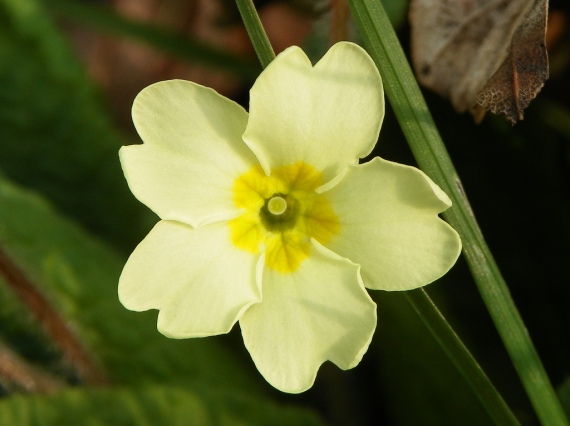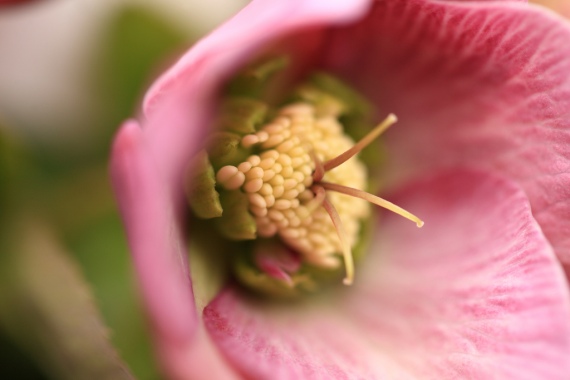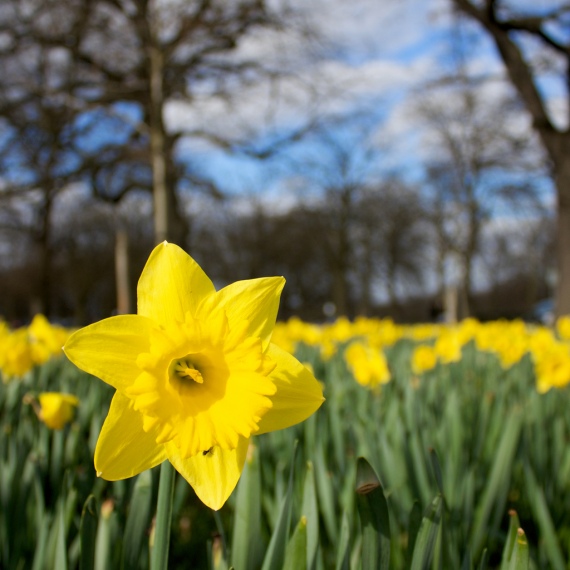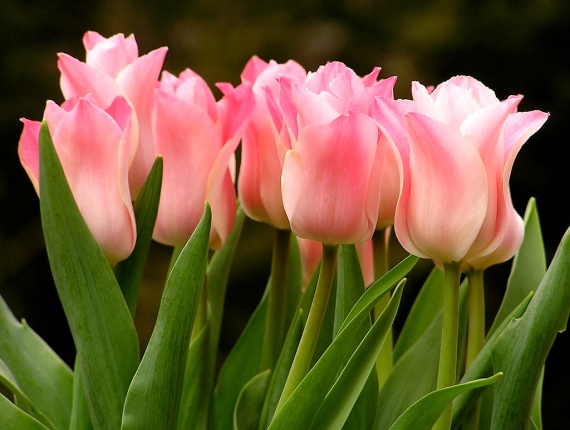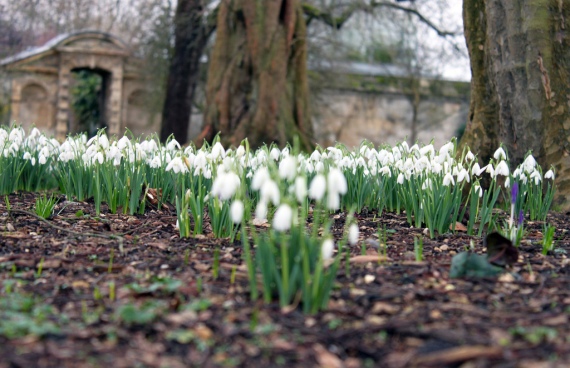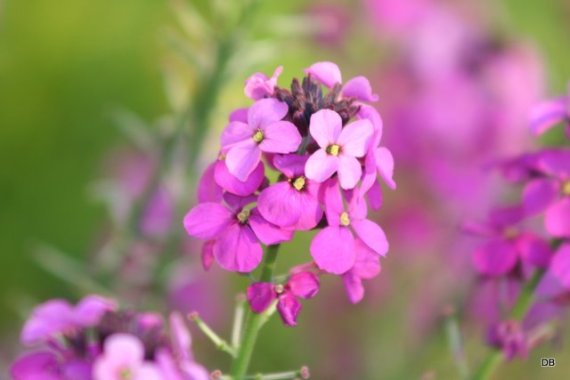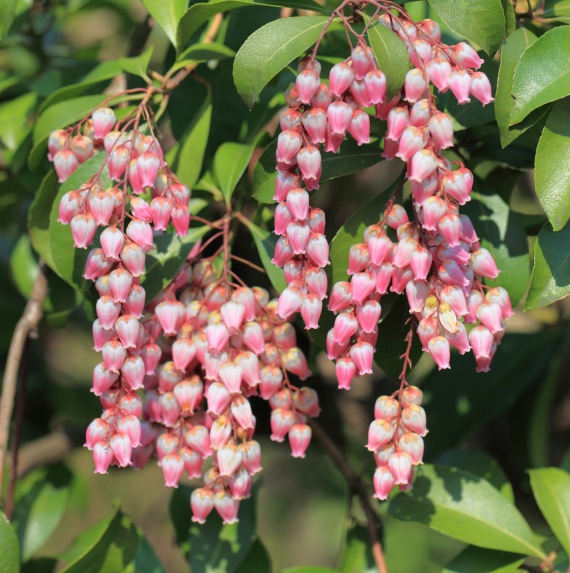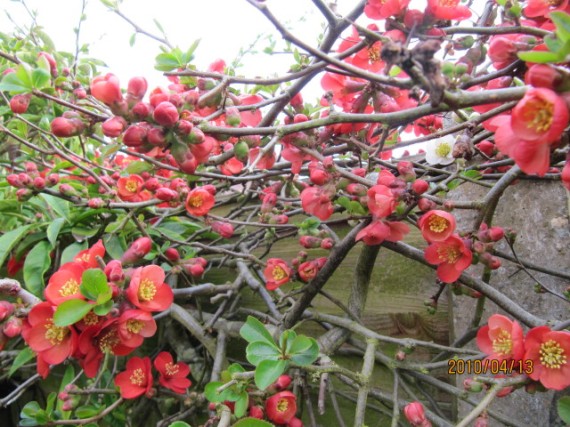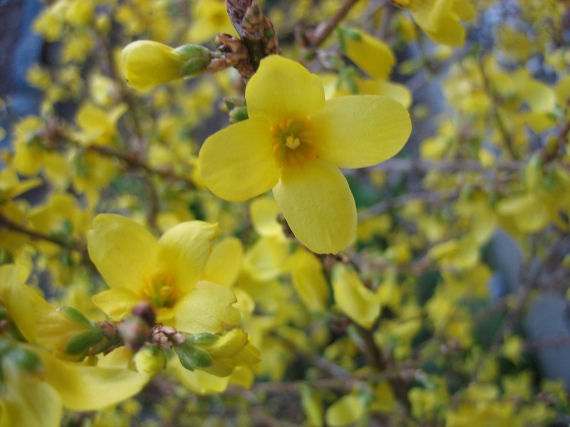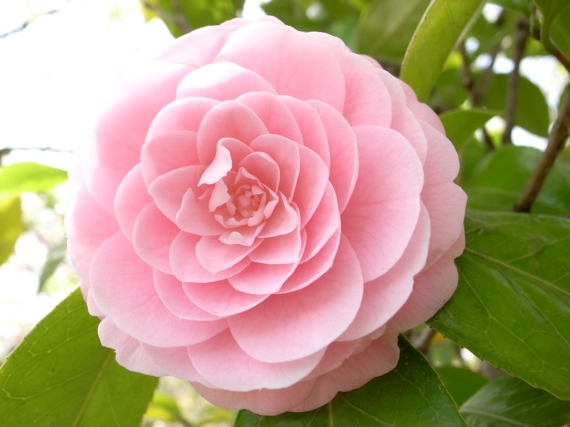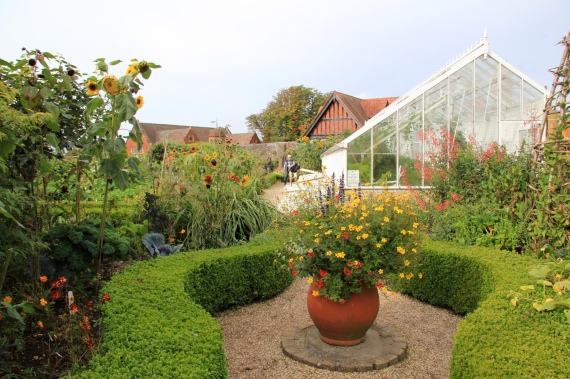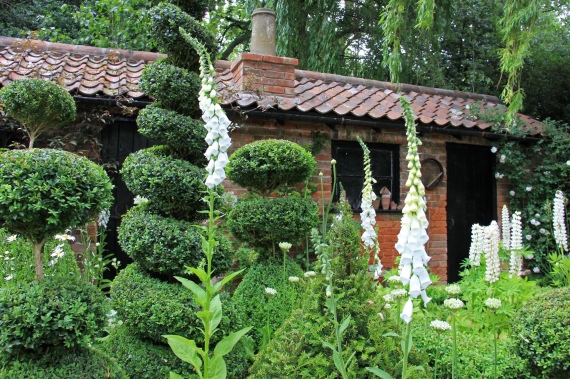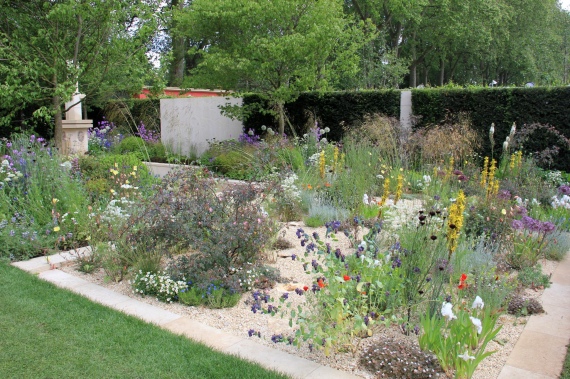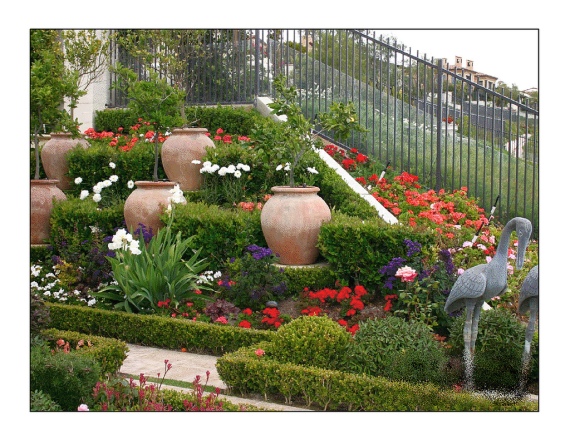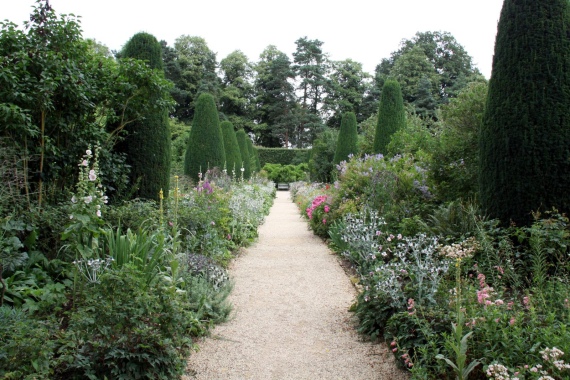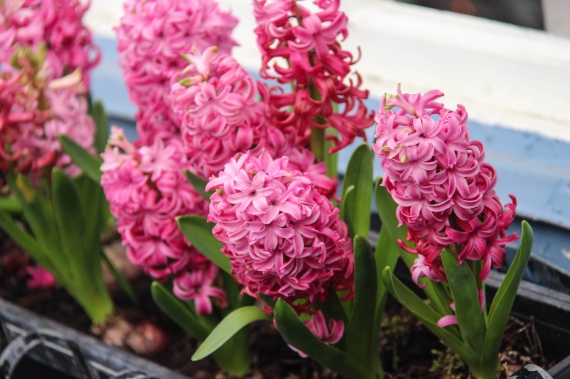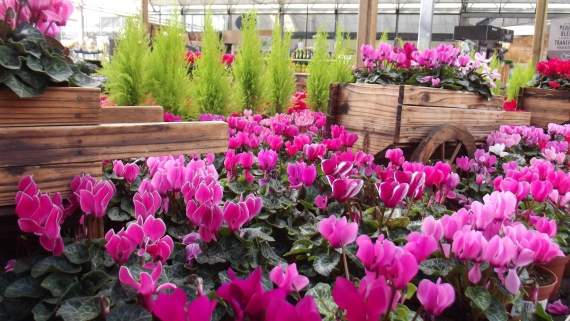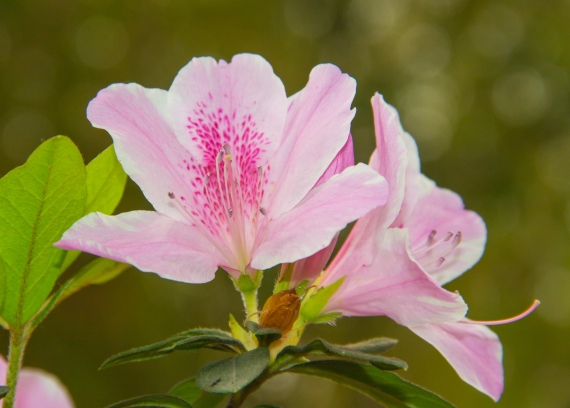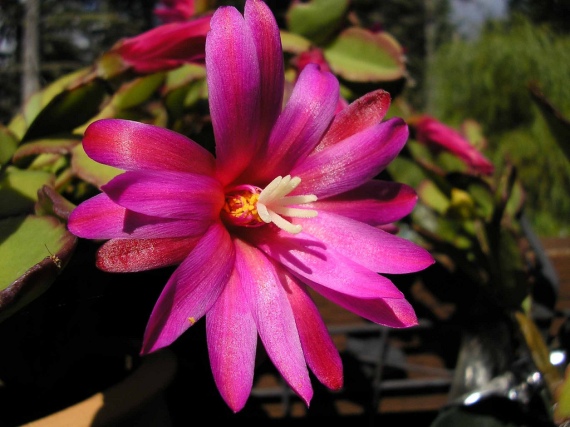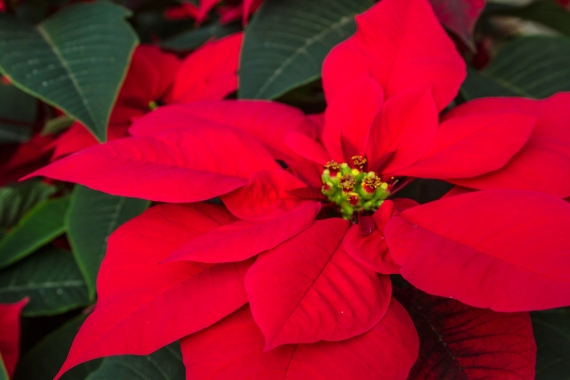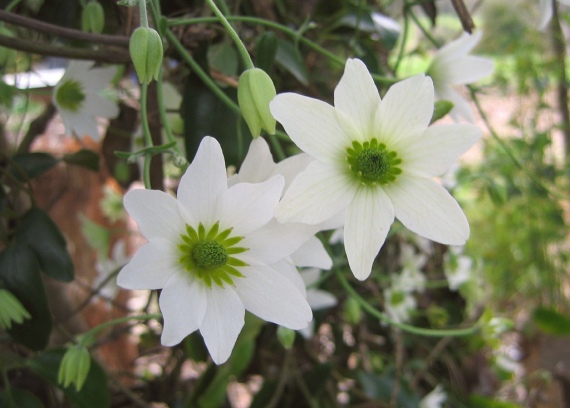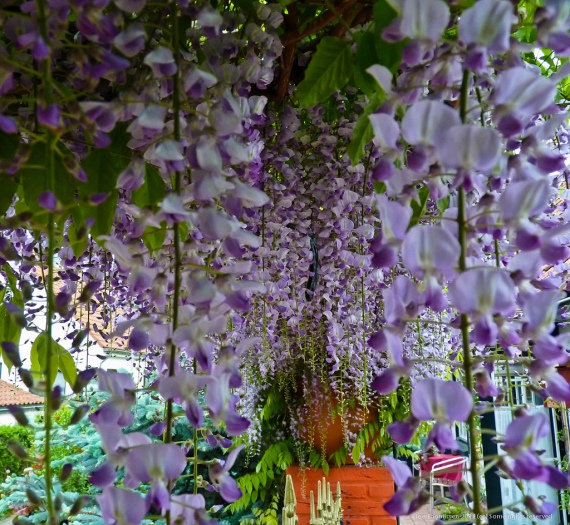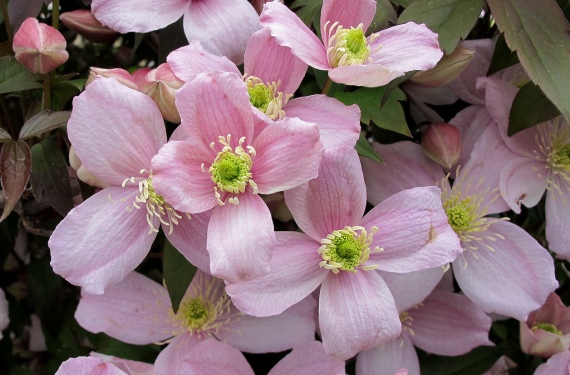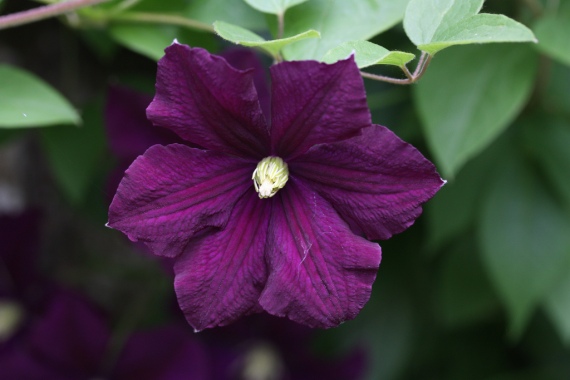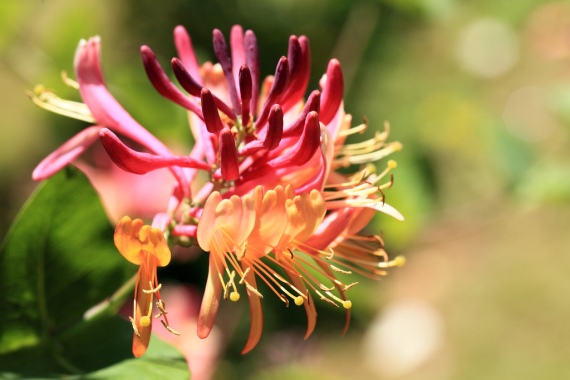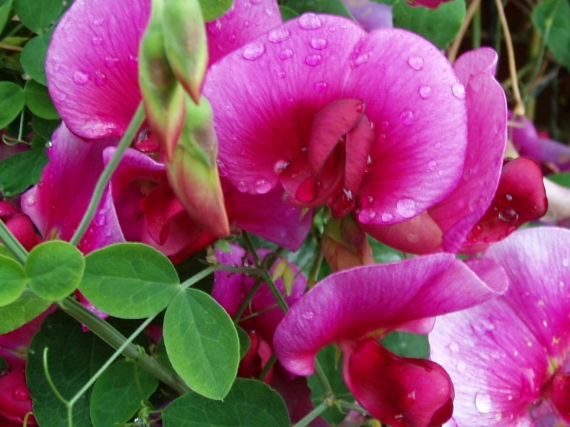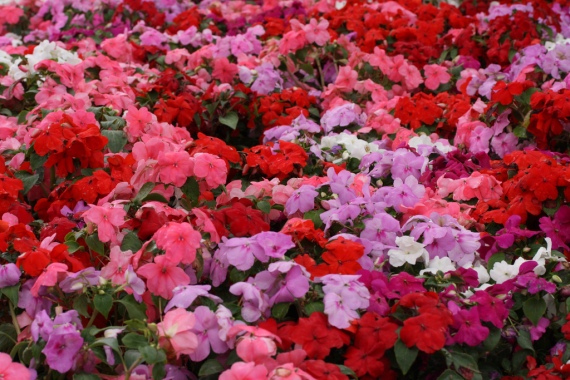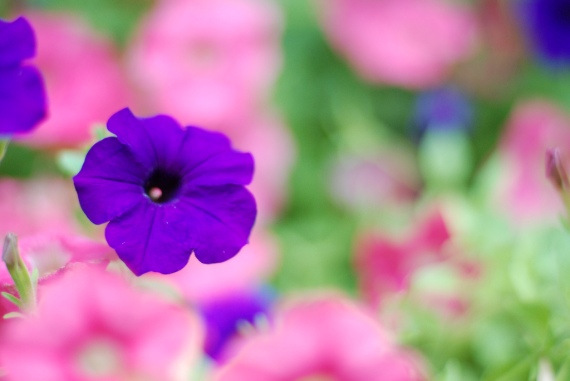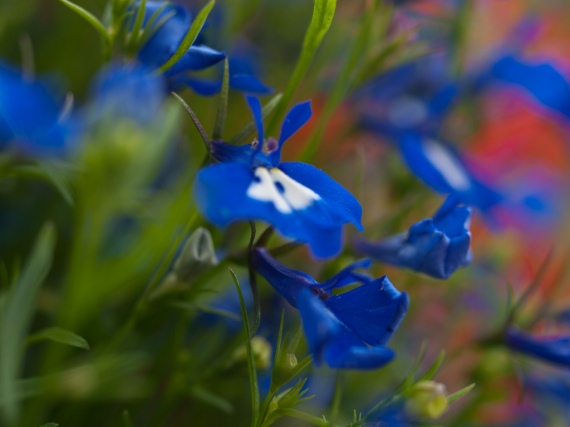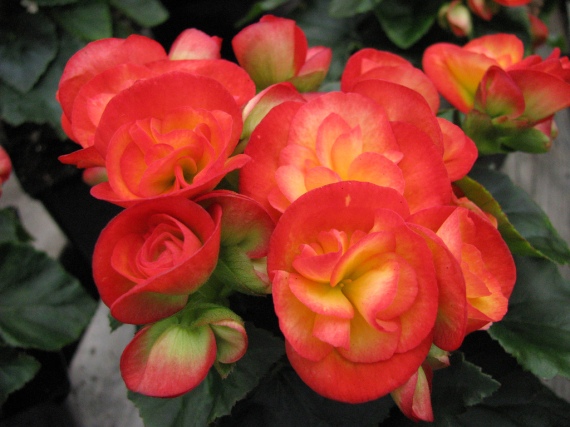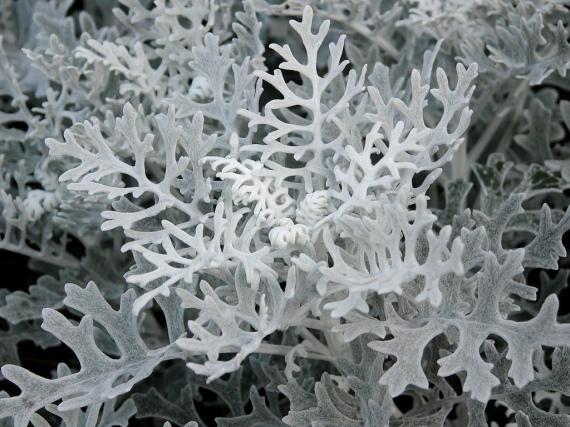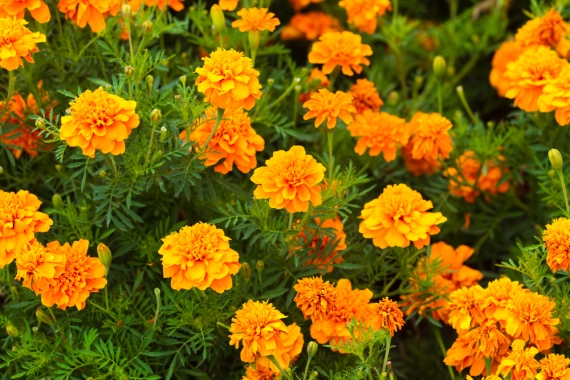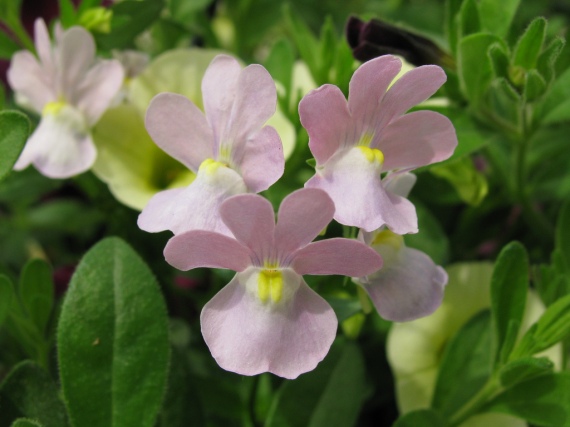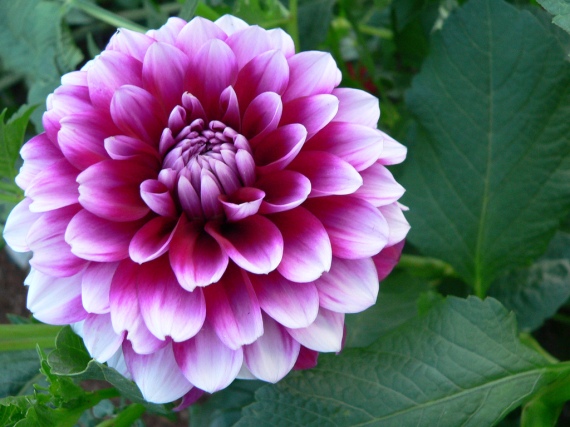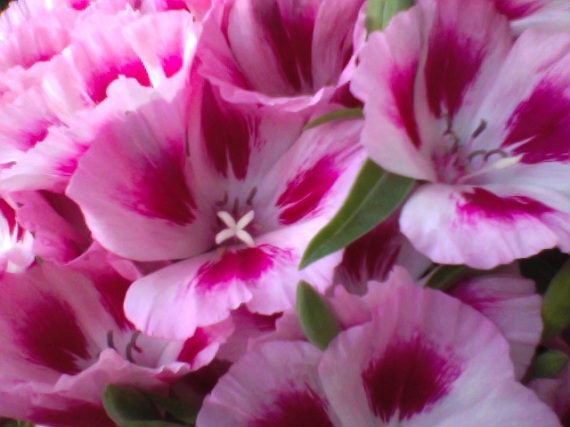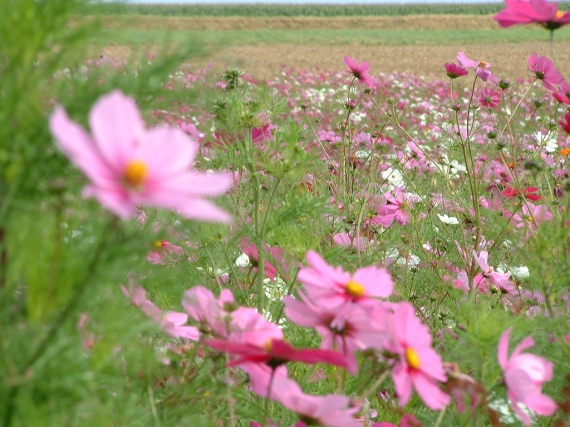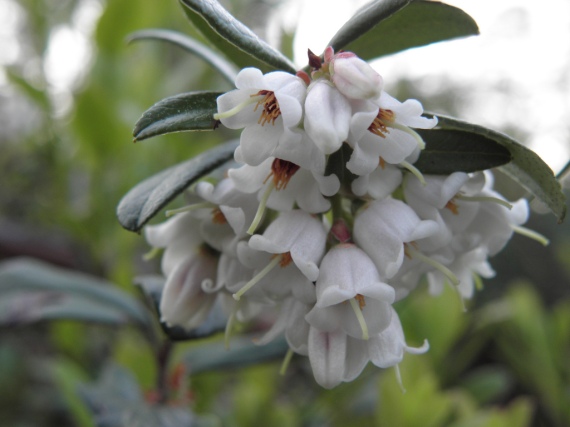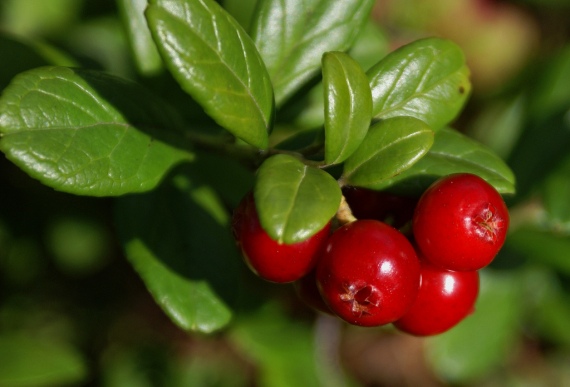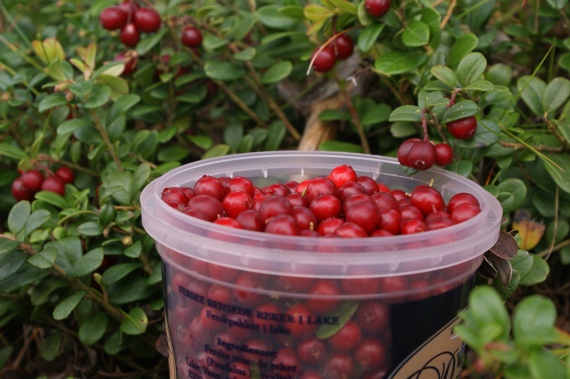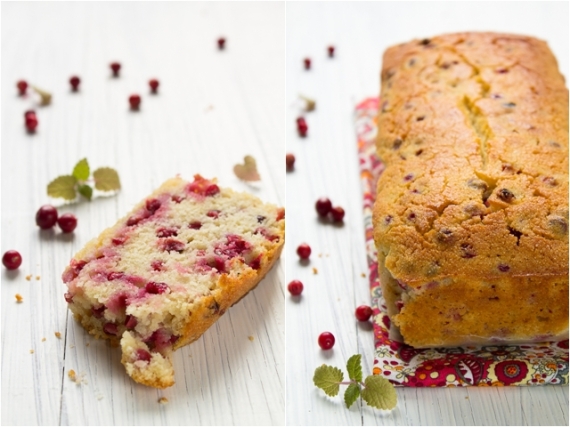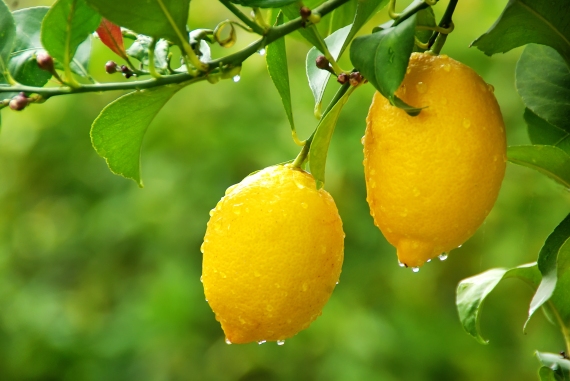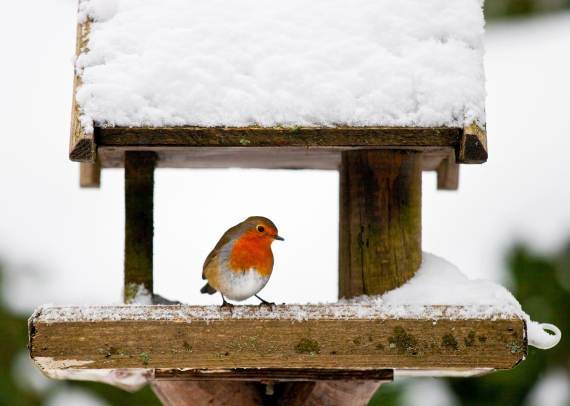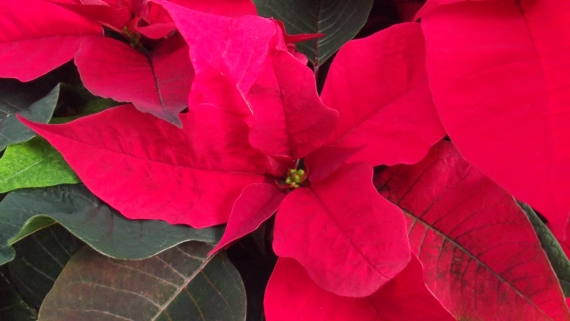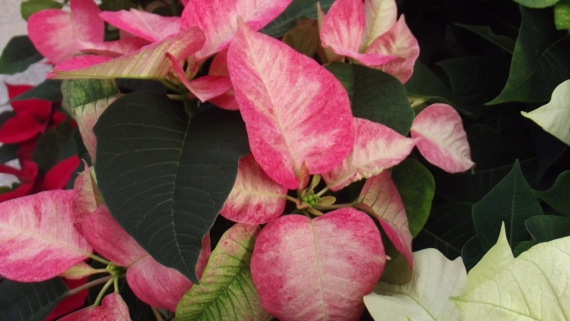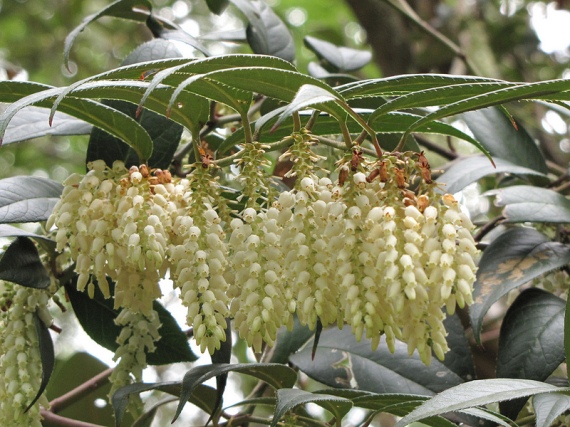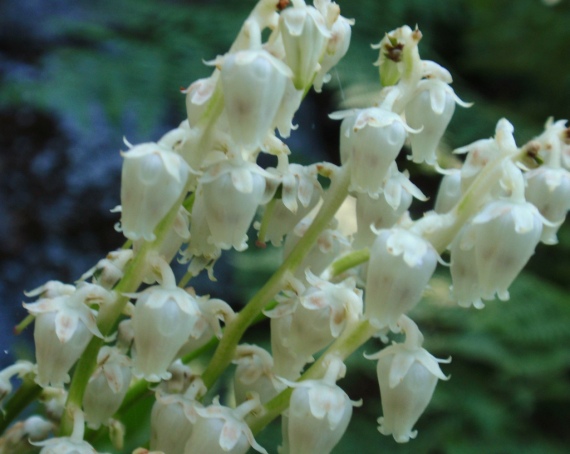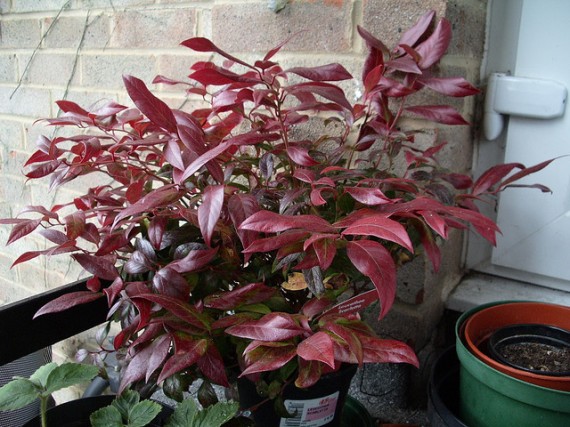After the long winter months it’s time to take advantage of the recent mild weather and inject some spring colour in your garden! Whether your garden consists of balcony pots and containers or an extensive shrubbery, Powerscourt Garden Pavilion has an extensive range of spring bedding, perennials, potted spring flowering bulbs and shrubs to choose from. Why not attend our complimentary Spring Gardening Talk on March 7th at Powerscourt Garden Pavilion where we would be happy answer any of your gardening queries!
Primula
Primroses make for an excellent garden plant. Flowers form in colourful rosettes from late winter into early spring. Primula vulgaris the common primrose, an herbaceous perennial produces soft pale yellow flowers ideal for woodland and cottage gardens. Annual Primulas range from red, white purple, orange to bright pinks are ideal for pots, containers, hanging baskets and raised beds. Happy in full sun or partial shade.
Helleborus
Hellebores are flowering perennials that produce striking flowers in late winter and early spring. Helleborus are more commonly known as Christmas or Lenten rose, are ideal for adding colour to shady corners of your garden. Hellebores benefit from a feed of growmore or fish, blood and bone, remove older leaves in winter as flower buds emerge. For some unusual flowers come see our Helleborus range.
Daffodils
With their golden trumpet flowers nothing introduces springs arrival like the Daffodil. Daffodils vary from height, colour, flower formation, scent and their ability to naturalise, you can choose from our spring flowering bulb range from mid- August onwards. If you have yet to add Daffodils to your pots or containers Powerscourt Garden Pavilion currently stocks a selection of potted bulbs. Plant in well- drained soil in sun to partial shade.
Tulips
Whether they are used in formal or informal settings, for containers or as bedding plants, Tulips are one of the most popular spring flowering bulbs, valued most for their bright colours, shapes and heights. Enjoy the Tulip Festival in the Powerscourt Gardens from 20th April -3rd May which boasts a display of over 12,000 Tulips.
Snowdrops
The delicate tufts of white flowers from Snowdrops (Galanthus) are a welcoming sign of the brighter spring days. If you haven’t already planted your bulbs in the autumn, we have potted snowdrops available. Plant immediately to prevent drying out. Snowdrops enjoy partial shade and well-drained soil.
Erysimum ‘Bowles Mauve’
Long flowering Wallflower ‘Bowles Mauve’ is a hardy bushy perennial with dark grey-green leaves, produces rich mauve flowers from late winter to early summer. Plant in sun to partial shade position in well- drained soil. Cutting back in mid -summer promotes flowers in winter and prevents plants becoming woody.
Pieris
Pieris are evergreen shrubs that produces bright colourful foliage and small white flowers in spring. Pieris prefer a sheltered position and acidic soil. Add ericaceous compost when planting to lower the ph of your soil. Our range consists of Pieris floribunda ‘Forest Flame’, Pieris japonica ‘Mountain Fire’, Pieris ‘Flaming Silver’ and Pieris ‘Little Heath’.
Chaenomeles
Chaenomeles are deciduous, spiny shrubs with small leaves producing cup-shaped, 5-petalled flowers, in spring, followed by edible often green or yellow fruits. Chaenomoles can be used as wall shrubs or as an addition to a shrub border, plant in full sun-partial shade position in well-drained soil. Chaenomles x superba ‘Crimson and Gold’ produces deep crimson flowers followed by yellow fruit.
Forsythia int Spectabilis
Forsythias are medium sized deciduous shrubs producing profuse yellow flowers before the leaves emerge. Forsythia ‘Spectabilis’ is vigorous spreading shrub, with large deep yellow flowers.
Camellias
Camellias are evergreen shrubs which have been valued for their rich green foliage and masses of showy flowers. Our Camellia range varies across single flower forms to semi-double and rose-form. Camellia’s require lime free soil and thrive best in sheltered positions, blooms may suffer from frost and rain damage. Feed Camellias with Miracle Gro Ericaceous, Sulphate of ammonia or Sulphate of Potash.
See you soon at Powerscourt Garden Pavilion!
Claire Hayes, Garden Centre Manager
